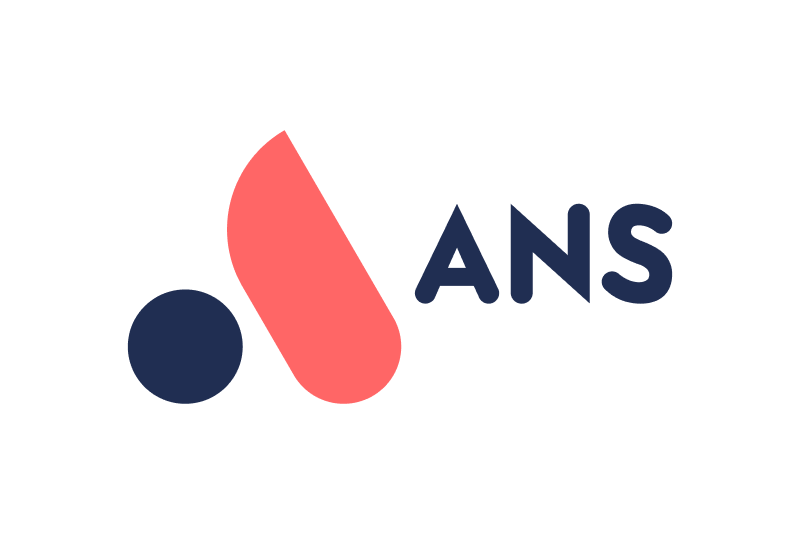Data should be behind every business decision you make.
When data is used effectively it empowers organisations to make decisions based on facts, trends, and statistical numbers. With data volumes growing exponentially, it’s now becoming increasingly more difficult to locate and surface the right information to be able to make better decisions about strategy and growth.
The Social housing sector has been described as behind the curve, said to be data rich and insight poor. Whilst there is a range of data maturity, when it comes to being data literate, Social Housing is falling behind. In the UK 4.4 million homes are categorised as social housing which equates to roughly 20% of the population living in properties under management by a registered provider, that is an immense amount of information about all aspects of properties and the people who live in them. But collecting and storing data isn’t enough. If Housing Associations can’t figure out how to get value out of their data, then it a problem that spans the whole business and not just IT.
There are pressures both internally and externally, such as governance and viability audits, ransomware, and the rise of smart home sensors and engagement channels, that have catapulted data to the top of social housing providers digital strategies. From an organisational point of view understanding data can lead to quicker and stronger business decisions, lower costs around service sharing and business integration. Not only that, but data allows housing organisations to be people powered, enabling them to understand the demographics of the communities they serve, identify trends in how tenants communicate with them, and enable a far greater understanding of what is important to different type of tenants.
So, how do organisations become both data and insight rich?
The data produced by housing associations is invaluable, but many find themselves unable to use it in a way that allows them to make better decisions. In years gone by the question of data usually landed with IT, however, when looking at the opportunity that data can present for registered providers, the main beneficiary is usually departments that sit outside of IT and have a vested interest in tracking performance and progress KPI’s.
Typically, social housing providers have a number of legacy systems for each area of the business with siloed data spread across an estate from Housing Management Systems, excel sheets, and finance systems. This requires reporting being extremely reliant on manual extraction and aggregation from a lean BI team. Not only is this time consuming but the lack of standardisation usually leads to a mistrust in the reports, undermining the task and the purpose of analytics in first place. To combat this and unlock the value of their data, housing associations need to combine and access data in real time to analyse and make better decisions for both internal use and tenants.
A modern data platform can consume data in any format, from anywhere and process it in a central location so you can start generating business intelligence analysis whether you’re collating data from Housing management systems, virtual chatbot assistants or smart sensors.
What’s more, a modern data platform can stream data and drop it as soon as it’s finished analysing it, creating entirely fluid and constantly changing processes. As a result, you effectively get a virtualisation layer that consolidates all these different pots of data into one logical construct. And today, this is more important than ever because that’s what gives you the advanced functionality to move from reactive and predictive analytics to prescriptive analytics enabling you to direct your organisation in the direction you want it to go.
ANS has worked with a number of housing associations, including Broadland housing and Flagship housing, to build and deploy a data platform in order to uncover and act on hidden trends in their data and improve data governance to make intelligent business decisions.
Registered providers are most notably using data to steer housing directives and insight into areas such as:
- Repairs – What is the total cost of repairing properties vs the amount of rental income generated
- Arrears – Providers hold lots of financial information on tenants which can be analysed to identify those in need of financial support ahead of getting into arrears, evictions and homelessness.
- Build Directives – Based on existing stock and demographic information, providers look to answer questions like “Where do we build” and for who?
The ANS Modern Data Platform Navigator is designed to help you overcome the complexities of modernising your current data platform while demystifying the complexities of adopting cloud data services. We can help you define and build your data strategy to help unlock the potential of your data and increase its value to your organisation.





